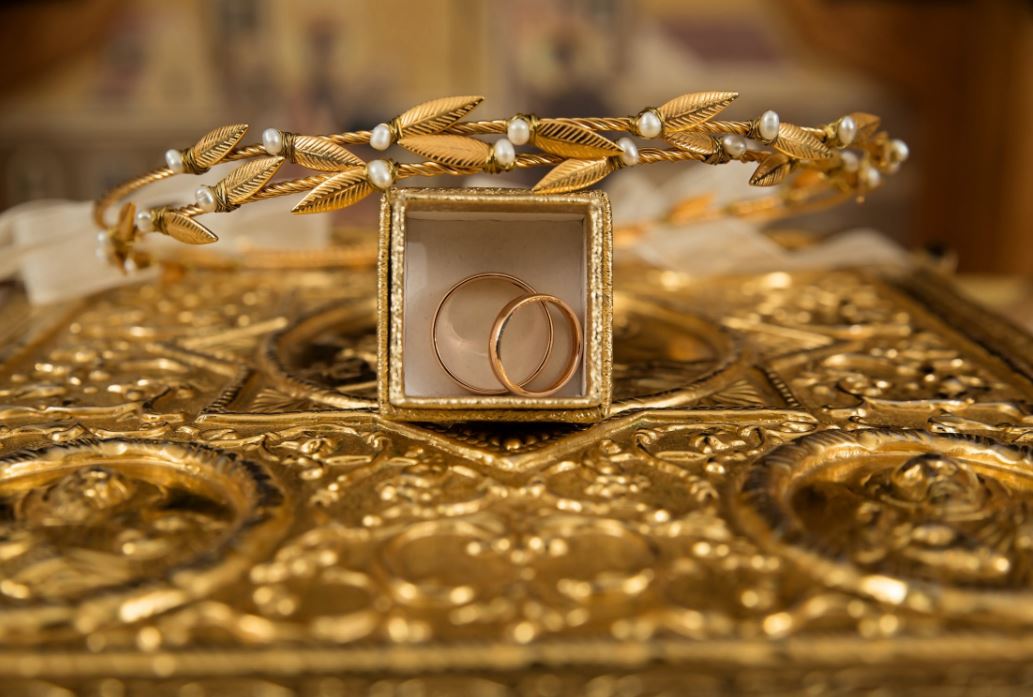The History
Victorian snake jewellery is possibly the most quintessentially Victorian motif found throughout Victorian jewellery. Queen Victoria herself had an emerald-headed snake on her engagement ring, and given the strength of her influence, it’s no surprise that snakes feature heavily throughout the Victorian period. At this time, the use of snakes was representative of an eternity of sorts, an everlasting love that made serpents more romantic even than the modern-day love heart.
It would seem that Victoria was fond of snakes in general beyond her engagement ring, however, as there are other notable pieces from her jewellery box featuring snakes. Snakes were not only romantic, but also symbols of wisdom. Queen Victoria owned a bracelet consisting of three snakes that were overlapping, which she wore to council meetings, representing her own aspirations of wisdom in the role of monarch.
Victorian snake jewellery came in many forms in the 19th century, and different styles adopted the slithering motif using a variety of materials. A big part of the popularity of snakes came from the discoveries in Pompeii and other ancient civilizations that happened during the Victorian period. A plethora of mythos and symbolism emerged from these cultures and became popular reasons to include snakes in jewellery throughout the Victorian period. Characters like Aphrodite, Alexander the Great, and Augustus, the Roman Emperor, all had associations to snakes, whether it was wearing snake-themed jewellery themselves, or supposedly being fathered by mythical snakes.
The Jewellery
Romantic snake jewellery was never more popular than it was in the Victorian period. Snakes and hearts together were often found on pieces like pendants, bracelets, and some rings. Some snake pendants feature very vague heart or teardrop shapes that are symbols of romantic love, typically set with red-coloured gemstones like rubies and garnets. Another exceedingly popular gemstone in the Victorian period was turquoise. Turquoise was plentiful in the 1800s, and its widespread popularity led to the original use of the infamous Tiffany Blue colouring by Tiffany & Co. Cabochon shaped gemstones like turquoise were the perfect choice for creating the illusion of scales on serpentine jewellery pieces.
Today, it may seem strange to think of snakes as representative of romance, particularly since one of the biggest connotations of snakes is that they’re deceptive and, in some way, intrinsically evil. Think of the hypnotising snake, Kaa, from the Jungle Book, or the Dark Lord’s own pet, Nagini, and don’t forget the original tricky snake: the serpent of Biblical fame who tempts Eve with God’s forbidden fruit. Despite this, however, snakes were exceedingly popular, and one wouldn’t be offended or slighted in the least upon receiving a snake-themed gift. In fact, snake rings were even popular right up into the 1950s.
By the mid-20th century, snake jewellery was limited to men’s jewellery almost exclusively. Large, robust rings featuring one or two snakes entwined were a stylish choice in the Edwardian period, and the theme carried through for another forty years.
These rings were nearly exclusively yellow gold; the lavish turquoise decoration long since passed – possibly because it was men’s jewellery, and therefore less decoration was preferred. Some of these snake rings did feature gemstones, however. Sometimes a ruby and a sapphire, sometimes a sapphire and a diamond, and some just feature one or two diamonds depending on the number of snakes within the ring. Unlike the Victorian pieces, where these featured gemstones would replace the snake’s eyes, in these later examples, the gemstones are exclusively on the flat top of the snake’s heads.
Snake jewellery definitely fell out of fashion after the 1950s, and in the seventy years since then, they’ve come to be associated with deceitful people. The most popular influence on snake jewellery in the 21st century is most likely Taylor Swift. A few years ago, she embraced the popular reputation of her as a ‘snake-like’, deceitful person, and made the image of the snake a part of her own branding. This likely increased the popularity of serpentine themes across a number of platforms, including jewellery.
Snakes certainly don’t deserve the harsh treatment of being associated with such negative traits that these animals surely cannot have in reality. As has happened with bears, wolves, and other dangerous animals, snakes deserve a revival, a return to their flowery, romantic – yet still powerful – histories.
Although snakes have often been associated with civilizations such as Ancient Egypt, Ancient Rome, or Ancient Greece, their resurgence in the Victorian era is a beautiful reminder of the elegance of serpents. Victorian snake jewellery is still something special today, both romantic and powerful, and definitely worth celebrating.
Sarah is a Web Designer, Developer and Educator specializing in WordPress and Expression Web based in UAE. She is Keen to express her knowledge of the internet, Information Technology and Web design and Development. Also she is passionate about Fashion Industry and Makeup. Recently she started publishing Fashion related Blogs at Sizzling Magazine!





